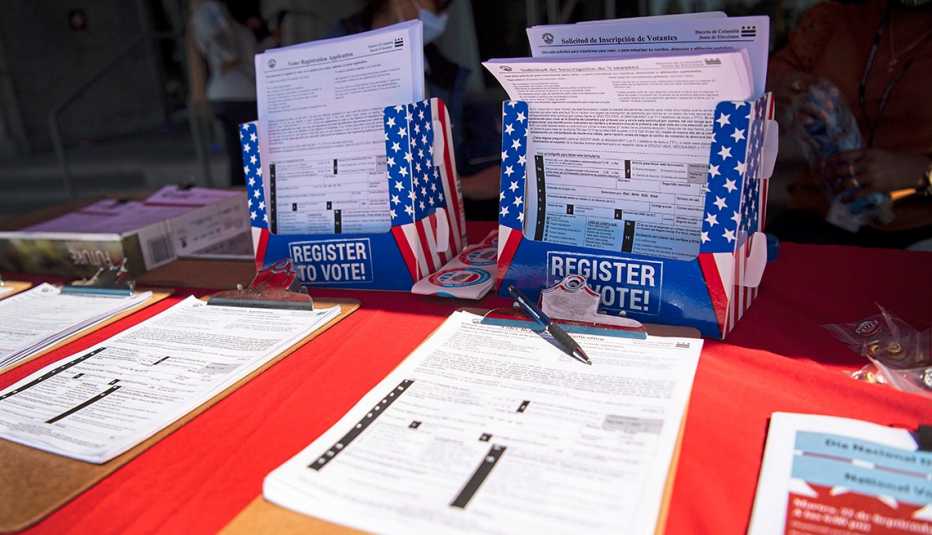AARP Hearing Center
It’s no surprise that in a national poll earlier this year, likely voters age 50 and over ranked the economy as their number 1 election concern. But coming in at number 2 was politics itself: the high level of divisiveness challenging America today.
Do these voters want change? They say they do. In that same poll, 69 percent of respondents noted they were more likely to vote for someone willing to set aside some priorities to get needed laws passed. Only 29 percent said they wanted their lawmakers to hold firm no matter what. But here’s the irony: In recent years, the number of Americans willing to cross party lines has fallen to the lowest in more than a century.
It is against this backdrop of conflicting beliefs, worry about the future and government distrust that Americans are about to decide the 2022 midterm elections. Strategists, experts and voters are not optimistic that any of these challenges will resolve anytime soon.
“Somewhere in the past 20 years, compromise has become a dirty word,” says Stu Rothenberg, senior editor at Inside Elections, a nonpartisan newsletter. While it’s true that there are still more people in the country than on Capitol Hill whose political views fall in the middle, “it’s also true that the loudest and angriest voices get the most attention,” Rothenberg notes.
And those loud voices are influencing us all. “I think you’re going to see a lot more people voting along party lines, because the two parties have made themselves so polarized because their views on both sides are so extreme,” says Leslie Dilley, a 68-year-old Republican who lives in Hayden, Idaho, a heavily GOP area. “We’ve lost our stability as a nation,” she adds. “It’s the worst I’ve seen.” Dilley says she doesn’t like what she calls fringe elements on both sides. For her part, she says she can still have a civil conversation with her two sisters — who have very different views than she does. But mostly the family avoids talking politics when they get together.
National over local
The late House Speaker Tip O’Neill always said that all politics is local, meaning that voters will base their decisions on issues directly affecting them and their communities. Political scientists say that’s no longer the case. Politics has become national.
“We’ve gotten to the point where you’re either voting for the red team or the blue team,” says Glen Bolger, a GOP election strategist. “Yes, there are still some voters who swing back and forth, and they help make a big difference. But in a lot of cases, it doesn’t matter who the candidate is.”
Research from the Brookings Institution, a self-described nonpartisan Washington, D.C.–based think tank, shows that just 8 percent of voters in 2016 voted for a president and a member of Congress of a different party; in 2012, only 6 percent “split” their ticket. That compares with nearly 20 percent of districts that had split tickets in 2000 and 44 percent in 1972. The last time this ticket-splitting measure was below 10 percent was 1920.







































































